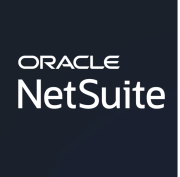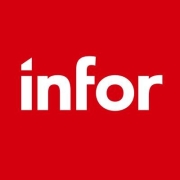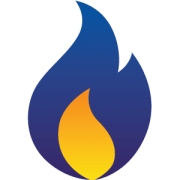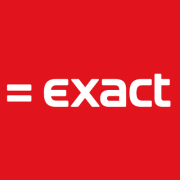Activity Based Costing Software enhances financial transparency by identifying cost drivers across various departments, allowing organizations to allocate resources effectively. This approach provides insights into true product costs and profitability, crucial for informed decision-making.
Activity Based Costing Software is designed to provide a detailed analysis of costs associated with each activity within a company. By using this software, businesses can gain a thorough understanding of where their resources are being used. It facilitates accurate cost allocation by examining indirect and overhead expenses, contributing to more accurate pricing models and strategic planning. This methodology helps identify inefficient processes and potential areas for savings, supporting the optimization of operations.
What features should you expect from Activity Based Costing Software?In industries like manufacturing, health care, and logistics, Activity Based Costing Software plays a key role. It helps manufacturers track production costs, assists healthcare providers in understanding patient care expenses, and aids logistics companies in evaluating transportation and distribution costs.
Activity Based Costing Software provides organizations with a strategic tool to gain transparency in financial operations. Businesses benefit by aligning their pricing strategies with actual costs, improving efficiency, and making informed decisions that enhance profitability.
| Product | Market Share (%) |
|---|---|
| Microsoft Dynamics 365 Business Central | 20.8% |
| Oracle E-Business Suite | 16.5% |
| Microsoft Dynamics AX | 13.5% |
| Other | 49.2% |





















Traditionally, manufacturers used the absorption cost method of allocating costs. This approach calculates the full amount of manufacturing overhead costs and spreads it evenly across the volume of all products. However, this method doesn’t consider that the production of some products may not necessarily be related to some activities. Activity-based costing (ABC) solves this problem.
Let’s illustrate with an example. Company XY Shoes is launching two lines of running shoes. Shoe A is cheaper to manufacture than shoe B but requires extra time from factory supervisors. If we do full costing, the total cost of overhead will be divided equally between both and shoe B will end up absorbing costs from shoe A. Activity-based costing addresses this issue by allocating the relevant costs to shoe A and not to shoe B, therefore revealing realistic production costs.
Ensuring that all lines are accounted for can be very time-consuming and practically impossible for medium and large manufacturers. Manual processes also increase the risk of human errors. This is why activity-based costing software is so helpful.
Activity-based costing (ABC) software is mostly used in manufacturing industries, since overhead costs are a large part of production costs.
Here are some examples of industries that use ABC software:
Activity-based costing software can be applied as a versatile tool across industries and verticals. It has become increasingly important for companies to track costs accurately and to manage them properly. Both manufacturing and service companies can benefit from advanced costs management by implementing activity-based costing software.
Activity based costing software simplifies the accurate allocation of overhead costs across multiple cost lines. There are a number of benefits from using this type of software solution:
Choosing the right activity-based costing software can have a big impact on the monitoring and controlling of business costs. Here are some features you should look for:
Activity Based Costing Software enhances cost management by providing granular insights into the costs associated with each activity within your organization. Unlike traditional costing methods, it assigns costs based on actual resource consumption, allowing you to identify high-cost activities and processes. This transparency makes it easier to allocate resources efficiently, reduce unnecessary expenses, and improve overall profitability.
What industries benefit most from Activity Based Costing Software?Industries with complex cost structures, such as manufacturing, healthcare, and logistics, benefit greatly from Activity Based Costing Software. These sectors require precise cost allocation to manage high operational expenses. By using this software, you can track costs accurately across various departments and activities, leading to better strategic decisions and improved financial performance.
Can Activity Based Costing Software integrate with existing ERP systems?Yes, Activity Based Costing Software is designed to integrate seamlessly with existing ERP systems. Integration allows for streamlined data flow between systems, enhancing the accuracy and efficiency of cost analysis. By connecting these systems, you can ensure that all your financial data is synchronized, making it easier to access comprehensive insights that drive better business decisions.
What are the key features to look for in Activity Based Costing Software?When selecting Activity Based Costing Software, it's important to look for features like robust reporting capabilities, real-time data analytics, user-friendly dashboards, and seamless integration options. Other valuable features include scenario modeling and forecasting tools, which help you explore cost-saving opportunities and predict future financial outcomes with greater accuracy.
How does Activity Based Costing Software support budgeting and forecasting?Activity Based Costing Software supports budgeting and forecasting by providing detailed insights into how different activities contribute to overall cost structures. This precision allows you to create more accurate budgets and forecasts, taking into account the true cost drivers within your operations. With this knowledge, you can set realistic financial goals and track performance against these benchmarks effectively.